Cooking rice porridge, also known as rice water or congee in various cultures, is a timeless culinary art that transcends borders and generations. This simple yet deeply comforting dish is cherished for its soothing texture, mild flavor, and nutritional benefits. Whether you’re looking to nourish a sick loved one, feed a picky toddler, or simply indulge in a hearty meal, mastering the art of making rice porridge can be a rewarding experience. In this comprehensive guide, we’ll walk you through the process of how to cook perfect rice porridge, from selecting the right ingredients to achieving the desired consistency and flavor.
Understanding the Basics
Before diving into the recipe, it’s crucial to understand the fundamental principles behind cooking rice porridge. The key lies in the balance of water and rice, cooking time, and temperature control. Different types of rice (such as jasmine, basmati, or short-grain) will yield varying results in texture and taste. Generally, long-grain rice is preferred for a lighter, less sticky porridge, while short-grain or glutinous rice results in a thicker, creamier consistency.
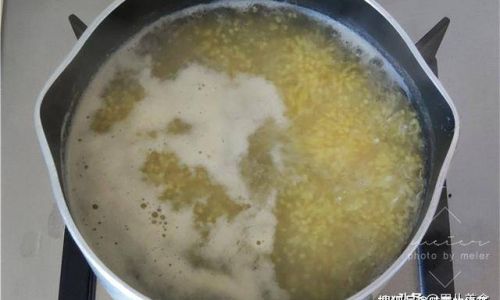
Ingredients and Equipment
Ingredients:
- 1 cup of rice (long-grain, short-grain, or glutinous, based on your preference)
- 4-6 cups of water (adjust based on desired consistency)
- A pinch of salt (optional, to enhance flavor)
- Optional additions: ginger slices, a few drops of sesame oil, or a handful of chopped green onions for garnish
Equipment:
- A heavy-bottomed pot or saucepan
- Wooden spoon or ladle for stirring
- Colander or fine-mesh strainer for rinsing rice
- Measuring cups and spoons
- A lid to cover the pot during cooking
Step-by-Step Instructions
-
Preparing the Rice:
Begin by rinsing the rice thoroughly under cold running water. This removes any excess starch and impurities, which can affect the final texture of your porridge. Use a colander or fine-mesh strainer to drain the rice well after rinsing. -
Soaking the Rice (Optional):
While soaking is not strictly necessary, it can help soften the grains and shorten the cooking time. If you decide to soak, place the rinsed rice in a bowl and cover with water. Let it sit for about 30 minutes to an hour. Drain the rice before proceeding to the next step.
-
Boiling the Water:
In your heavy-bottomed pot, pour in the measured water (starting with 4 cups for a thicker porridge or up to 6 cups for a thinner one). Add a pinch of salt if using. Place the pot on the stove over medium-high heat and bring the water to a rolling boil. -
Adding the Rice:
Once the water is boiling, carefully add the rinsed and drained rice to the pot. Stir immediately to prevent the rice from sticking to the bottom and burning. Reduce the heat to low or medium-low to maintain a gentle simmer. -
Simmering:
Cover the pot with a lid, leaving a slight gap for steam to escape to prevent overflow. Allow the rice to simmer gently. The cooking time will vary depending on the type of rice and your preferred consistency, but it typically ranges from 30 to 60 minutes.- For a thicker, creamier porridge: Stir occasionally to ensure the rice doesn’t stick to the bottom and to help break down the grains, releasing more starch.
- For a lighter, less sticky porridge: Stir less frequently, allowing the grains to retain more of their shape and texture.
-
Adjusting Consistency:
As the porridge cooks, you can adjust its consistency by adding more boiling water if it becomes too thick or by simmering longer to reduce excess liquid. Keep in mind that the porridge will continue to thicken slightly as it cools.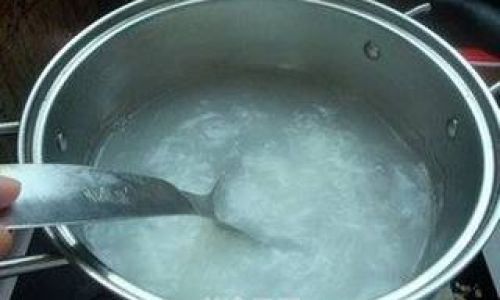
-
Taste and Season:
Once the rice is tender and the porridge has reached your desired consistency, taste and adjust the seasoning if necessary. A pinch of additional salt can enhance the flavor, but remember that simplicity is often key in rice porridge. -
Serving:
Ladle the hot porridge into bowls. For added flavor and nutrition, you can top it with a variety of ingredients such as sliced ginger, a few drops of sesame oil, chopped green onions, a drizzle of soy sauce, or even a soft-boiled egg.
Tips for Perfect Rice Porridge
- Rice-to-Water Ratio: Experiment with different ratios to find your perfect balance. A general guideline is 1 part rice to 4-6 parts water, but this can be adjusted based on personal preference.
- Stirring: Regular stirring, especially during the initial stages of cooking, helps prevent sticking and ensures even cooking. However, be mindful not to stir too vigorously, as this can break down the grains excessively.
- Patience: Rice porridge takes time to cook properly. Rushing the process can result in undercooked rice or a porridge that’s too thick or thin.
- Using a Pressure Cooker or Rice Cooker: For convenience, you can use a pressure cooker to speed up the cooking process or a rice cooker that has a porridge or congee setting. These appliances often yield consistent results with minimal effort.
- Storage: Leftover porridge can be stored in an airtight container in the refrigerator for up to 3 days. Reheat gently, stirring occasionally to prevent sticking.
Exploring Variations
Rice porridge is incredibly versatile and can be adapted to suit various diets and tastes. Here are a few variations to inspire your culinary creativity:
- Vegetable Porridge: Add finely chopped vegetables like carrots, celery, or spinach during the last 10-15 minutes of cooking.
- Savory Porridge: Incorporate shredded chicken, shrimp, or tofu for a protein-packed meal.
- Sweet Porridge: Add a handful of dried fruits, a splash of honey, or a sprinkle of cinnamon for a dessert-like treat.
- Herbal Infusions: Infuse the cooking water with herbs like ginger, licorice root, or chamomile for added health benefits and flavor.
In conclusion, cooking rice porridge is not just about following a recipe; it’s about nurturing a tradition, embracing simplicity, and finding joy in the small, everyday pleasures of life. With a bit of practice and a willingness to experiment, you’ll soon be crafting bowls of perfect rice porridge that warm the soul and nourish the body. So, gather your ingredients, fire up the stove, and embark on a culinary journey that spans centuries and cultures. Happy cooking!
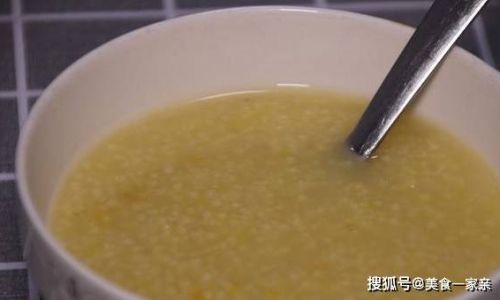
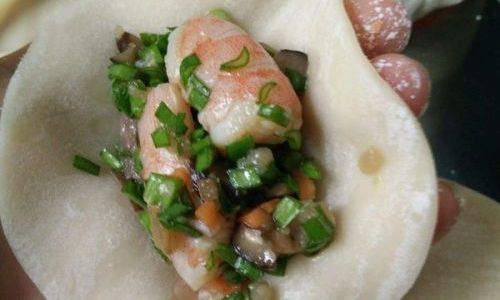
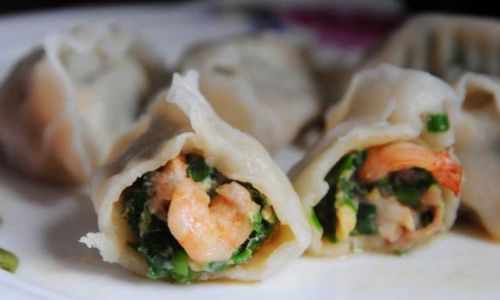
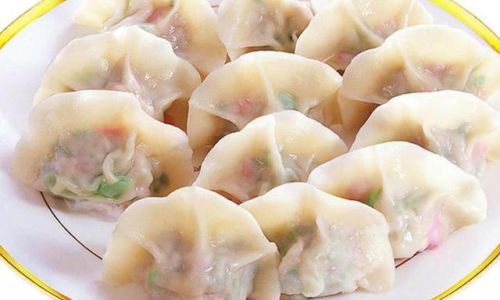
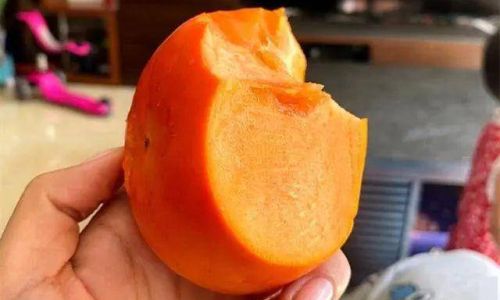

0 comments